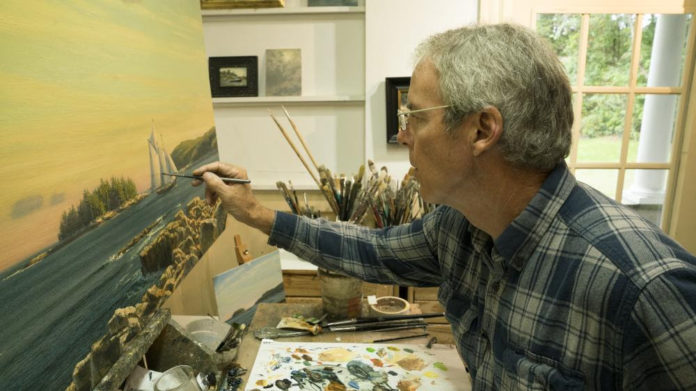
Joseph McGurl shows and discusses in detail his process, the techniques, and his philosophy as he translates a small seascape painted on the Maine coast into a complex 36 x 60-inch fully refined studio landscape.
This art video workshop, “Advanced Landscape Painting,” begins with McGurl painting a plein air sketch on the rocky shoreline. We then journey to Cape Cod, where in his studio he transforms the sketch into a 36 x 60-inch studio painting. He shows how he recomposes the sketch, beginning with a monochromatic underpainting.
Composition, drawing, perspective, value and color, light, atmosphere, form, texture, edges, and ways to suggest detail are all covered. He completes the painting by adding indigenous coasting schooners to create a focal point and complete the compositional arrangement.
McGurl shows us the journey from beginning to end and speaks in depth about the practical and philosophical reasoning behind his sometimes unconventional, but quite successful, methodology.
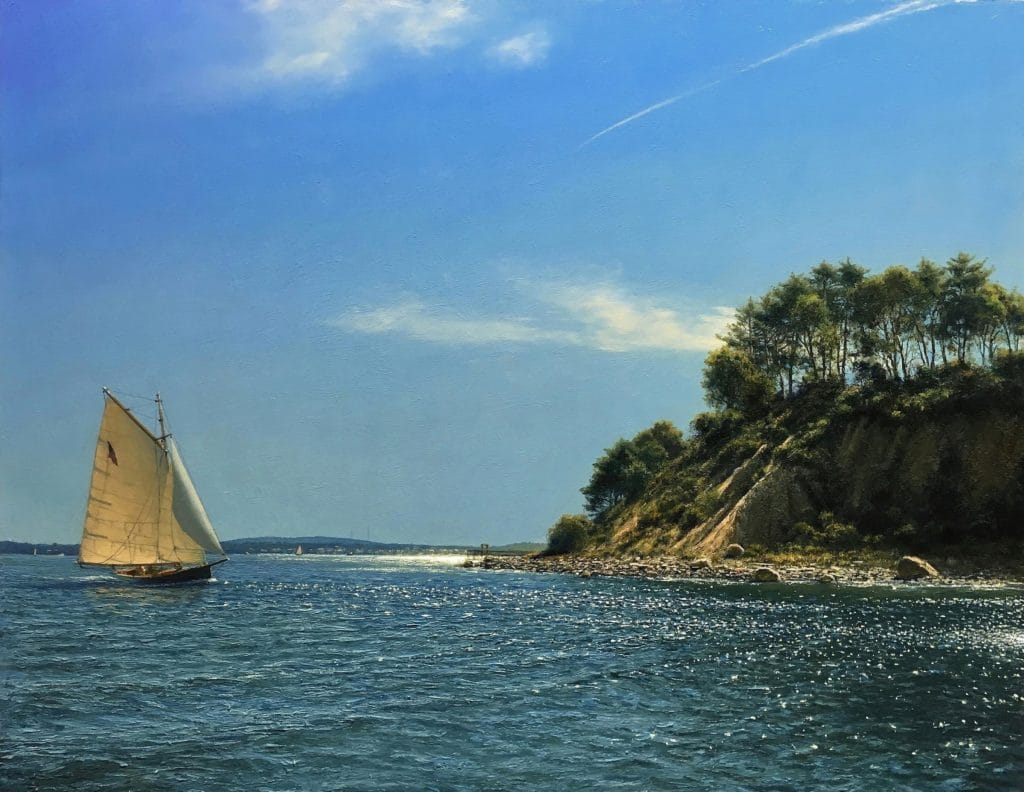
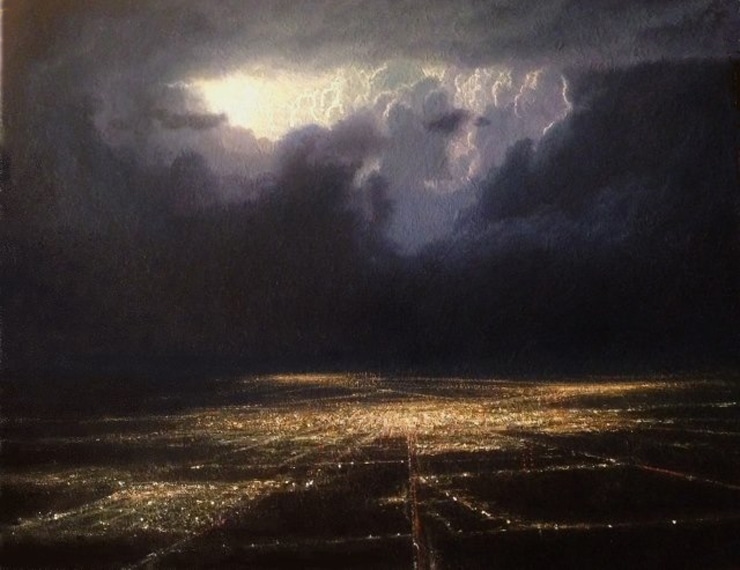
Listen to Joseph McGurl’s interview on the PleinAir Podcast with Eric Rhoads, during which Joseph addresses his spiritual philosophies of painting landscapes, using the sight-size method in a non-traditional way, and more:
“I equate myself to a novelist, one who is writing fiction based on fact.” ~Joseph McGurl, on painting landscapes
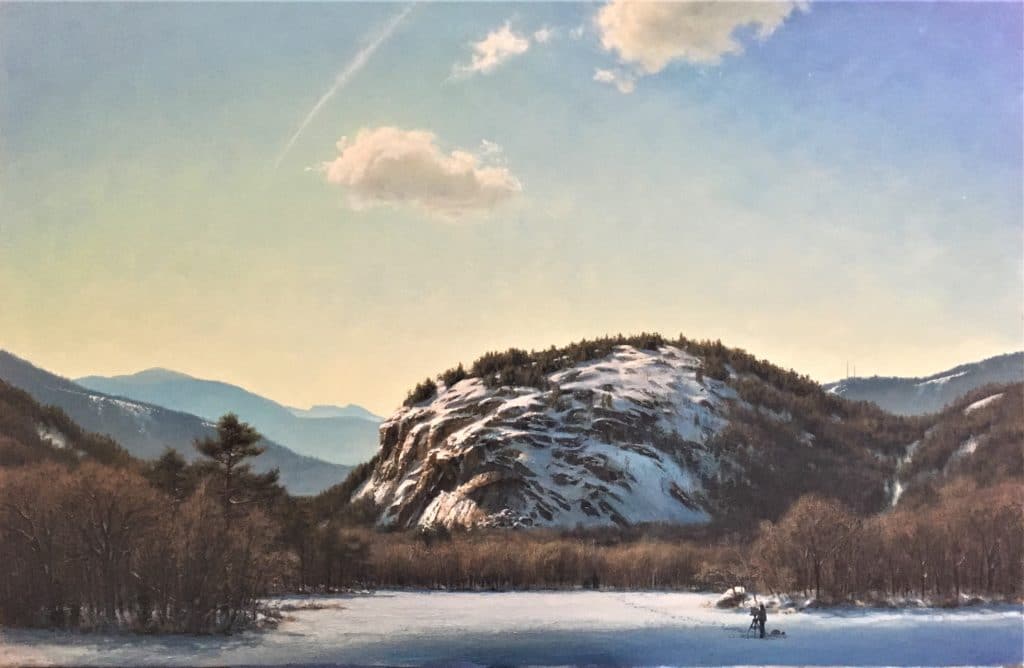
The Complete Joseph McGurl Process Documented for the First Time
We sent our crew to the artist’s studio in Massachusetts to document his process over a total of 11 days. In this special video, you get to see McGurl in his own studio . . . his natural environment.
In “Advanced Landscape Painting,” you’ll see every step as McGurl paints the landscape, water, boats, and dusk skies. You’ll want to see each step of what he does so that you can transform your own paintings.
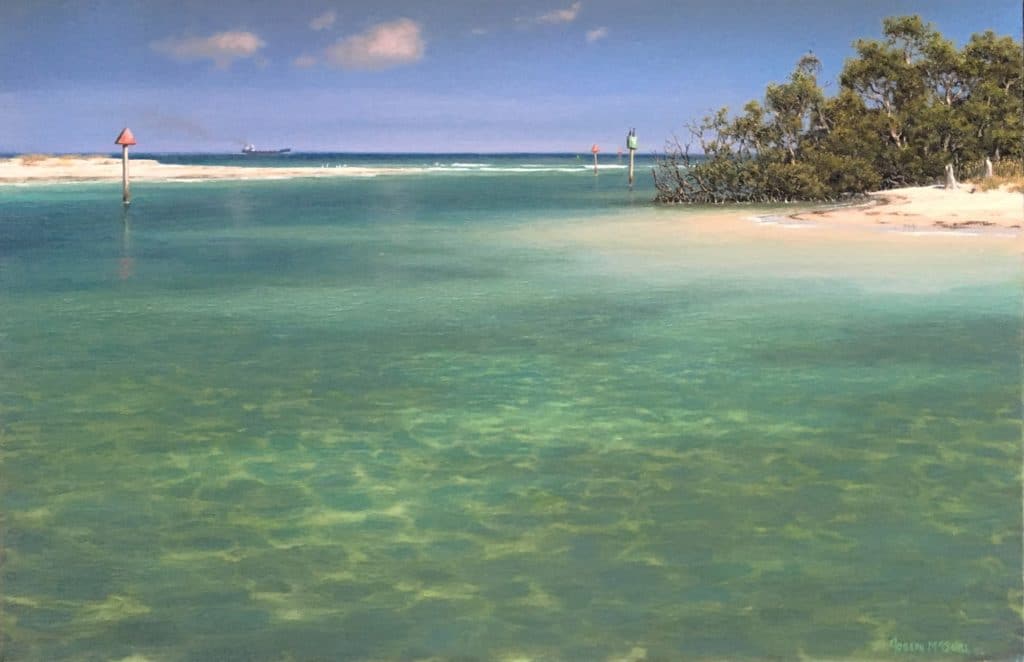
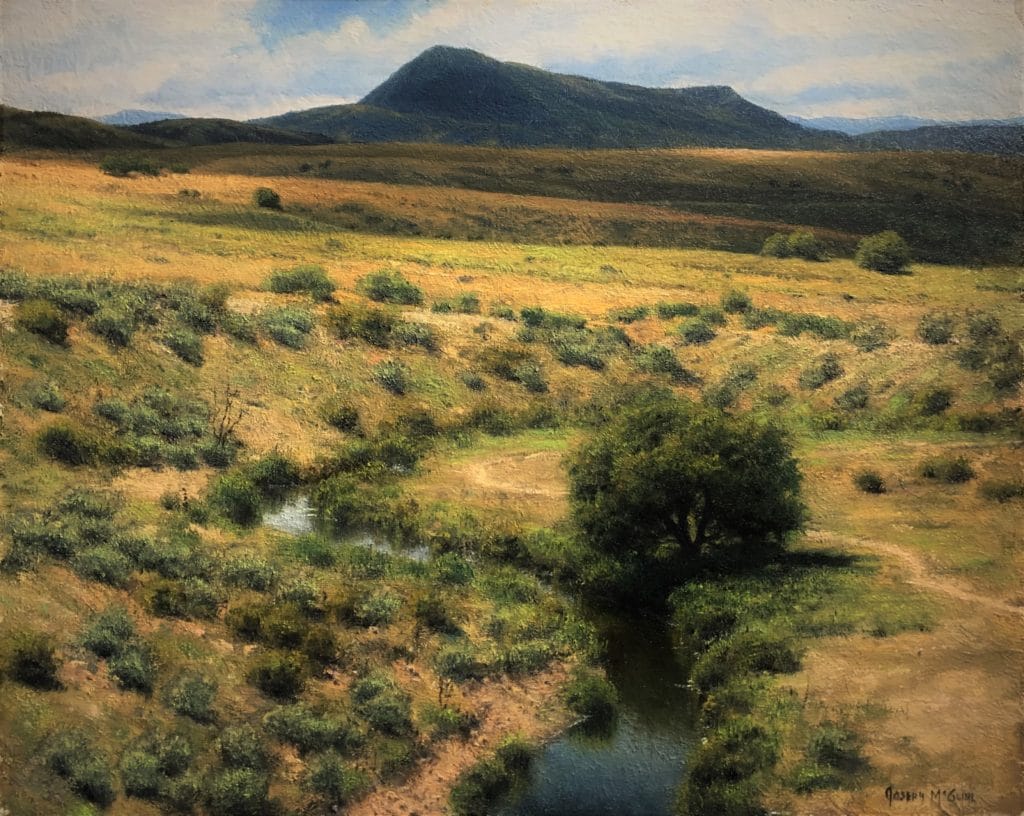
In this painting video workshop you will learn how to:
• Refine your plein air painting gear for maximum efficiency
• Draw and paint with speed and accuracy on location using the sight-size method
• Rearrange the elements to build a powerful composition that draws the viewer to your artwork
• Mix colors accurately to create the impression of light, form, and space while also modifying them to create an emotional response
• Use linear and atmospheric perspective to give a sense of distance and space to your landscapes
• Use texture to replicate natural forms and create an interesting and unique quality to the painting’s surface
• Invent new ways to apply paint
• Add detail to your painting through the use of texture, glazes, and carefully placed accent points using a palette knife, and large and small brushes
Preview “Advanced Landscape Painting” here:

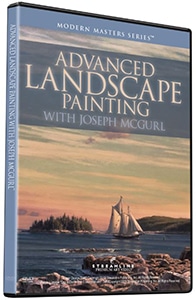
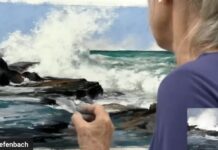
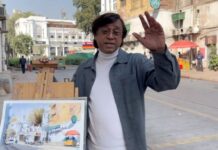
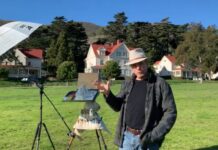
you are the best, the ultimate no wonder your work sells for top dollar you deserve it